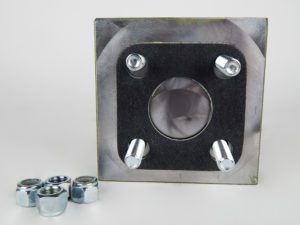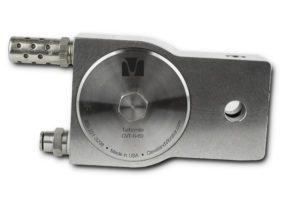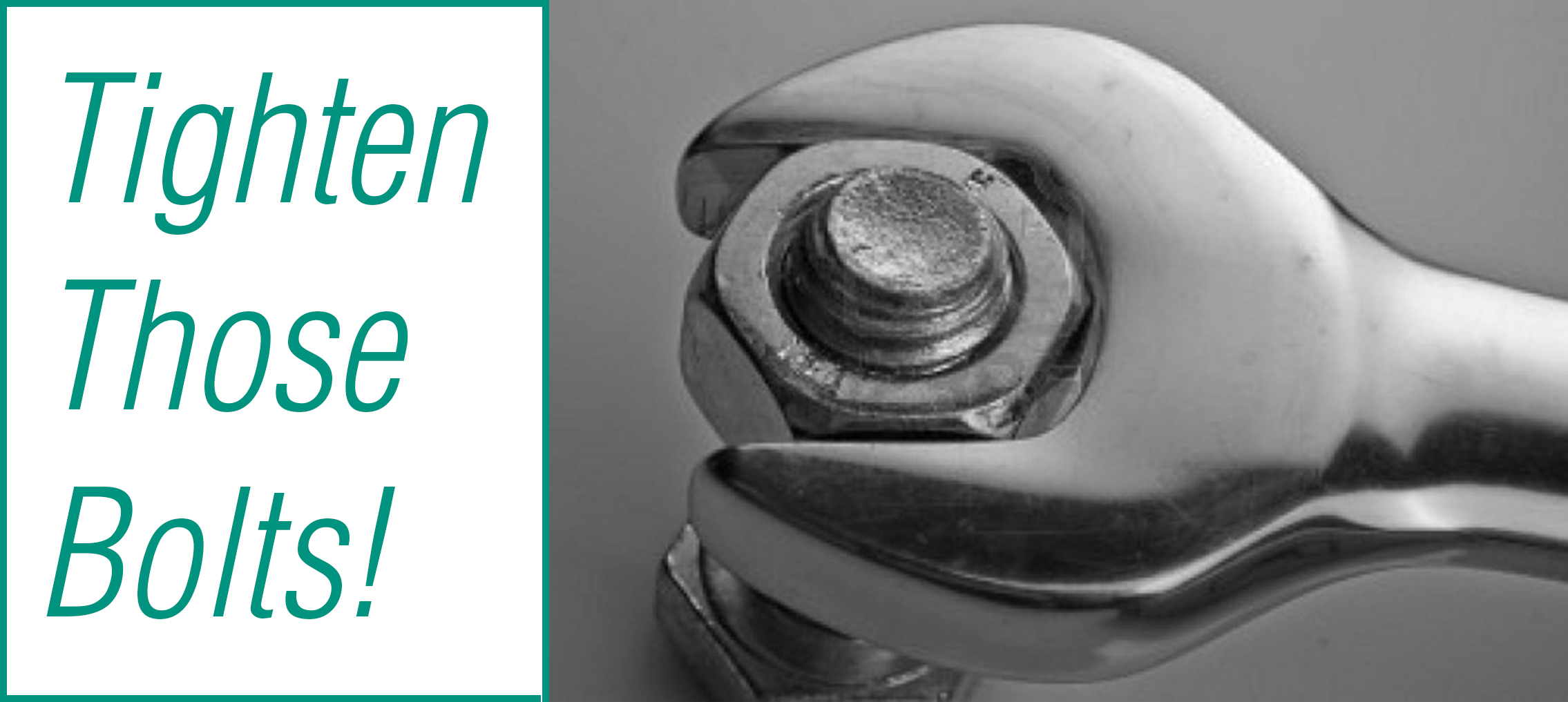If you happened to take the time to read Craig Macklin’s blog, about the expectations for maintenance of the pneumatic vibrators, then you’ll have a good base of knowledge on how to keep those units running efficiently. This time, we’ll take a deeper dive into the importance of tightening the mounting bolts used for installing the vibrators themselves.
On the pneumatic piston vibrators, the proper bolt torque is critical. Because of the tight tolerance held between the outside diameter of the piston and the inside diameter of the bore of the casted body, the vibrator needs to  be rigidly bolted in place to allow for correction operation so that only the piston is moving inside the vibrator. If the bolts are loose, even slightly, the vibrator body will “rock” back and forth on the mounting channel. Once this starts happening, failures or seized pistons can happen.
be rigidly bolted in place to allow for correction operation so that only the piston is moving inside the vibrator. If the bolts are loose, even slightly, the vibrator body will “rock” back and forth on the mounting channel. Once this starts happening, failures or seized pistons can happen.
Why does this happen? The reason is, the piston will still try to move in a pure linear direction but if the body is rocking side to side while the piston is moving up and down, the piston will start to rub on the inside wall of the casted body. If this continues to happen, burring or galling will be noticed on the outside of the piston and inside of the body. The burrs or galls will lead to imperfections on the piston which will lead to marking up or scoring the inside the casting. Once this happens, the tolerances are blown and the piston will most likely seize. This will cause the vibrator to stop functioning.
For the pneumatic turbine vibrators, the tightened bolts help maintain a smooth operating bearing.
These units utilize an unbalanced, offset weighted, impeller with a bearing inserted in middle of the  impeller. This bearing is then press fit onto a through shaft that holds the caps to the body of the turbine vibrator. If the bolts are loose, this will lead to erratic rotation of the bearing on the shaft. Because these turbine vibrators are high frequency units, the erratic rotation will quickly eat away at the shaft causing the gap between the inside diameter of the bearing and the outside diameter of the shaft to increase. As this gap widens, the impeller loses its ability to rotate smoothly and therefore a loss in force output or total malfunction of the vibrator will occur.
impeller. This bearing is then press fit onto a through shaft that holds the caps to the body of the turbine vibrator. If the bolts are loose, this will lead to erratic rotation of the bearing on the shaft. Because these turbine vibrators are high frequency units, the erratic rotation will quickly eat away at the shaft causing the gap between the inside diameter of the bearing and the outside diameter of the shaft to increase. As this gap widens, the impeller loses its ability to rotate smoothly and therefore a loss in force output or total malfunction of the vibrator will occur.
Lastly, in regards to the pneumatic ball vibrators, if the bolts are loose the steel ball inside the unit will not rotate correctly. These units have stainless steel caps on opposite sides. The caps, when installed on casted body of the ball vibrator, make what we call a “raceway” that the steel ball rests on. When air is applied and the steel ball rotates on the raceway, vibration energy is generated from the unbalanced weight of the steel ball. If bolts are loose, the steel ball will not rest properly on the raceway causing erratic movement which would lead to inconsistent vibrator operation and potential failure.
It may seem like a small piece of the installation and operation puzzle, but loose bolts can lead to big problems. Depending on the frequency of use for the vibrator, the number of checks for the bolts changes. The more the vibrator is used, the more often the bolts should be checked. Need a quick reference check to make sure your maintenance checks are on schedule? Cleveland Vibrator offers a free downloadable one-page guide to keep you on track, check it out today!

Mike joined The Cleveland Vibrator Company team in 2013 with prior experience in manufacturing sales with a Cleveland company in the tool and die industry. Now, he’s the Director of Sales and specializes in “making stuff that shakes stuff”.
When he’s not immersed in the world of industrial vibration, as rare as that might be, Mike keeps busy *not finishing in last place* in Fantasy Football and enjoys spending time with his wife and three kids. It’s always golf season for Mike, and he’s been known to 3 putt his way around any course and can roll tee balls in rain or shine. You can find him tailgating in the Muni Lot before Browns games or supporting local breweries.
As an avid provider of #VibrationEducation, he offers this free bit of advice, “Not all vibration is the same. Force and frequency do matter!” However, there is a 2% upcharge for all Michigan and Steeler’s fans.
Share this blog post:
Follow us:


